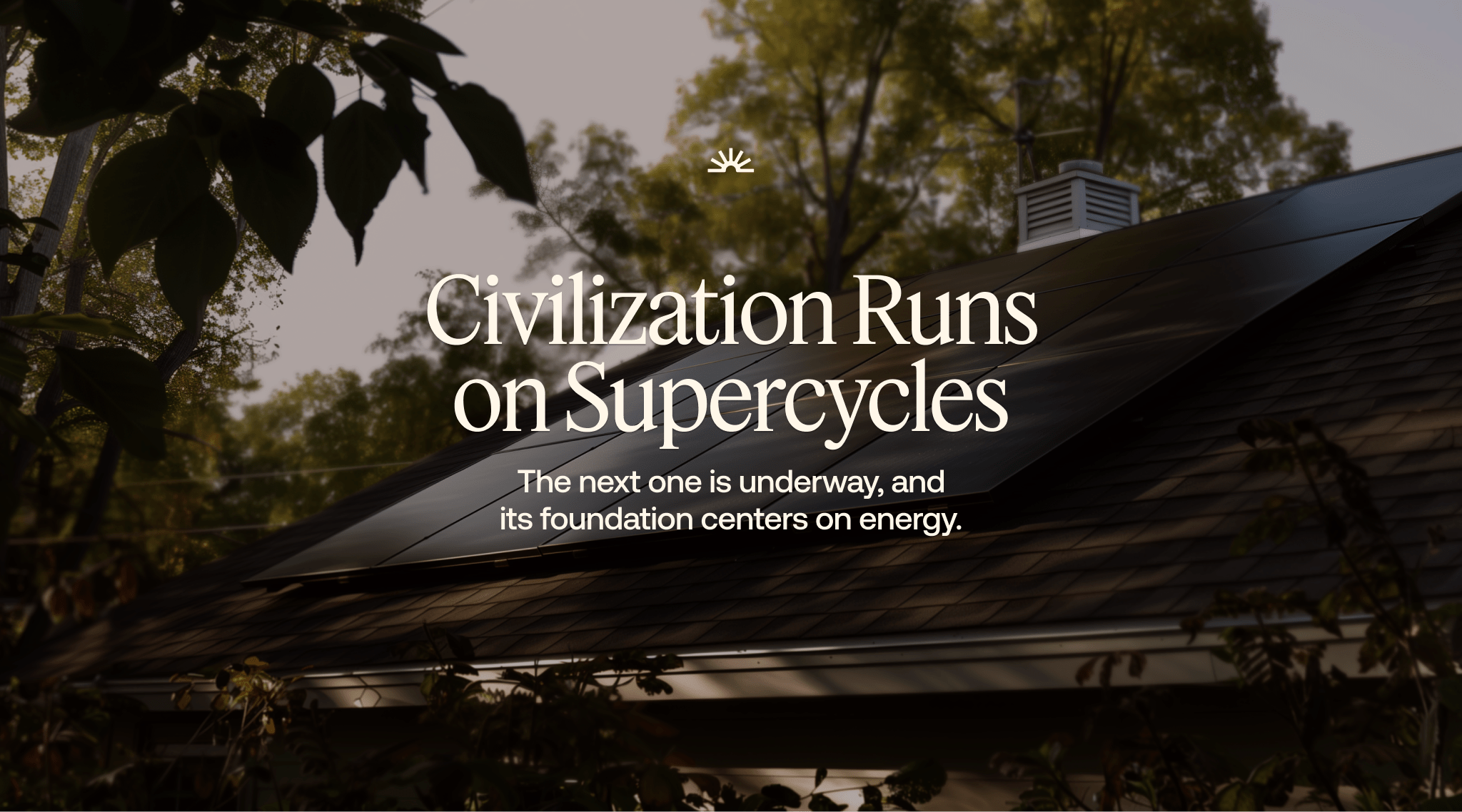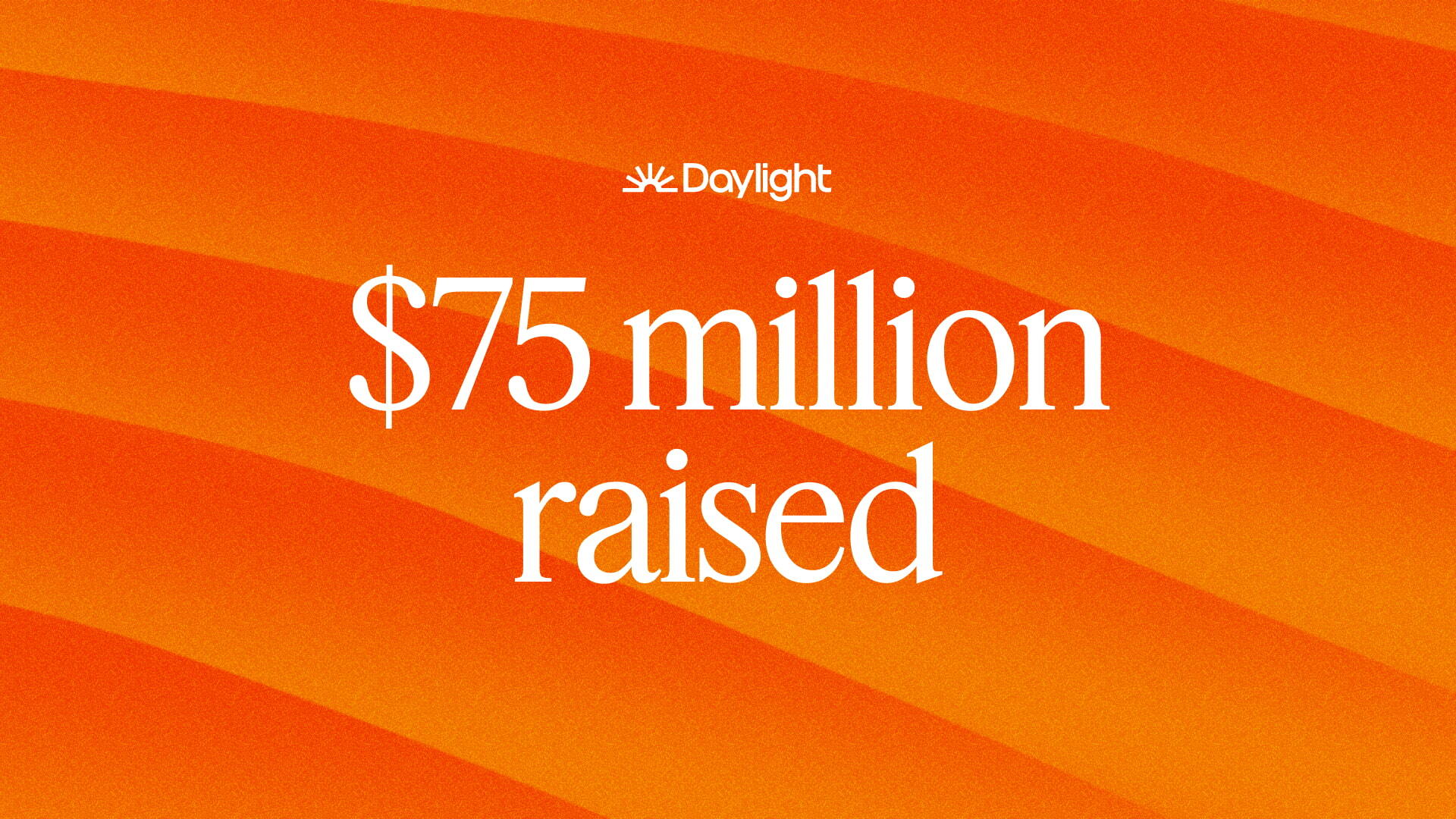
Civilization Runs on Supercycles
History doesn’t move in straight lines. It moves in long cycles where foundational systems get rebuilt around new capabilities. Railroads did it for travel. Electrification did it for labor. The internet did it for information. Each of these moments redefined how the economy functioned and how people lived. The next one is underway, and its foundation centers on energy.
A familiar pattern is starting to form
In regions across the U.S., electricity demand is rising faster than utilities can keep up. New data centers and manufacturing plants are straining local capacity. EV adoption and electrified homes are reshaping when and where power is needed. At the same time, outages are increasing, upgrade timelines are lagging, and costs are becoming more volatile.
These pressures aren’t isolated problems. They’re signs that the current model — centralized generation, slow-moving capital, static demand — is starting to break down. And like past supercycles, that breakdown is setting the stage for something larger.
This supercycle isn’t about the grid, it’s about what comes after
Supercycles don’t form around single innovations. They form when multiple layers shift in sync:
-
Distributed energy is becoming viable at scale. Solar, batteries, and controllable devices are showing up at the edge, not just in utility portfolios.
-
Software coordination is replacing centralized dispatch. Real-time pricing, telemetry, and orchestration are now possible far beyond the substation.
-
Capital is adapting to distributed, revenue-generating assets that can be deployed quickly and managed as fleets.
None of these trends live in isolation. Together, they signal a new architecture for how energy moves through homes, neighborhoods, and markets.
Infrastructure built for the next cycle
The last supercycle in energy built a one-way utility: centralized generation, long-distance transmission, passive consumption. That model scaled because the system around it — demand, tools, capital, coordination — moved in sync.
The next system won’t look like a modernized version of that model. It will be something different: infrastructure that starts at the home, adapts to dynamic conditions, and scales horizontally through decentralized rails.
Homes and businesses will evolve from power consumers to active participants in how energy is produced, managed, and exchanged.
What to expect as the cycle unfolds
We’re still in the early phase, but the indicators are clear:
- What starts as backup becomes capacity
- What starts as cost control becomes coordination
- What starts at the edge becomes the system
As these pieces lock in, the system begins to behave differently. Energy stops flowing one way. It moves based on context. The home becomes part of the grid. Local infrastructure becomes part of a network.
Supercycles unfold slowly, then all at once.
A smarter energy system that includes you
Most people won’t call this a supercycle. But they’ll feel it when the defaults change. When outages don’t interrupt daily life, when energy bills become more stable, when the conversation shifts from scarcity to control.
The existing grid architecture can’t support the scale, speed, or complexity of what’s coming. A new system is already being built through deployments of hardware in homes and capital aligned with long-term infrastructure.
The cycle has started to turn. Most won’t see it yet. But some are already building the next system, from the ground up.

